Call Us: +1 315 998 1998
Japan's cuisine is recognized as a cultural treasure by UNESCO, along with that of France. The Japanese are such avid eaters that they have a particular term, kuidaore, to describe the financial difficulties that might result from overindulging in food. For those considering a trip to Japan, be sure to consult a Japan travel guide to traverse the rich and delightful culinary environment, assuring an immersive experience in this food enthusiast's heaven.
rnDespite sushi's international popularity, raw fish is just a tiny portion of washoku (a traditional Japanese meal). What you eat is essential, but so is when and where you consume it.
rnHenry and Rory, two gourmet experts on Japan, discuss the finer points of sampling Japanese cuisine on a trip across the country, whether by joining a group or dining out on your own.
rn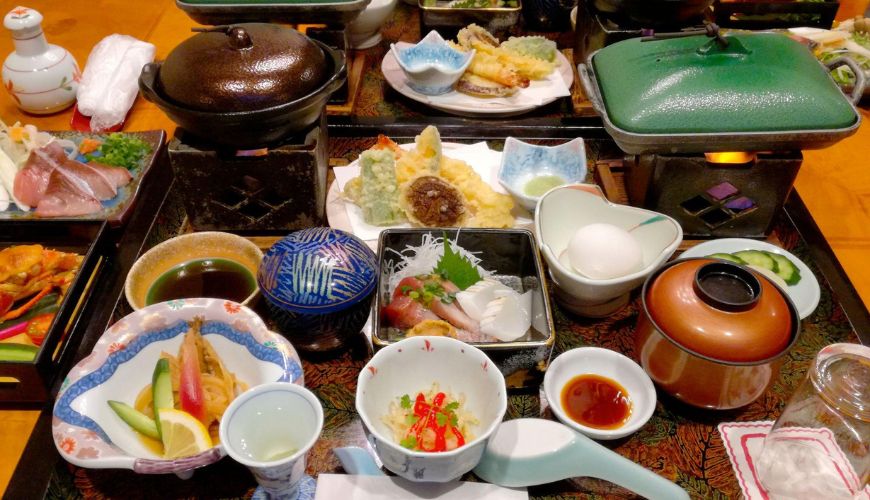 Kaiseki
Kaiseki
The Western counterpart of a Kaiseki meal would be a fancy-tasting menu. You can only have this traditional multi-course, multi-dish experience by staying in a ryokan (a Japanese inn). Some homes feature traditional floor seating for meals, but most provide more comfortable options (the art of sitting on the floor for extended periods without getting numb feet or legs).
rnThe dishes reflect the seasonality and availability of local ingredients, such as fresh crab in Kanazawa and grilled eel along the southern coast of Honshu. Items that strike the chef's attention at the farmers' market in the morning often end up on the menu.
rnHotel Hoshinoya Karuizawa in Honshu's mountainous area was where I first experienced kaiseki. The chef carefully served ten meals over two hours, each with a different sake. The chef presented a flawlessly cooked beef steak on a hot plate, highlighting the region's famous livestock. The raw salmon slices that followed, known as sake sashimi, were very tender.
rnMany restaurants now provide English menus in addition to using Japanese ones to herald the arrival of each meal. Even if you're a seasoned expert on Japanese cuisine, you may still need to use some guesswork while ordering. Sometimes, you have to gamble and try a bite to find out.
rn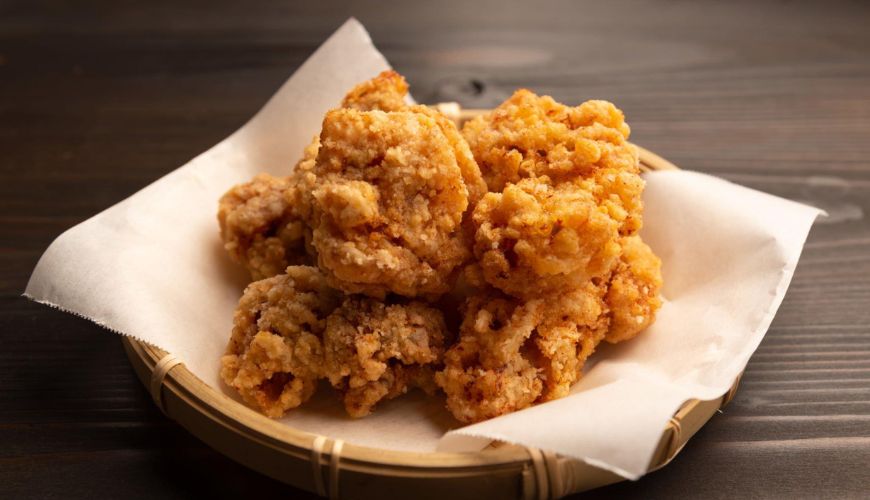 Karaage
Karaage
Having a Kaiseki meal is a peaceful, intimate experience. However, dining at an izakaya is a social experience that keeps the bank intact. Izakaya is more a tapas bar than a pub. Their extensive menus include almost every category of Japanese cuisine, making them ideal for those with dietary restrictions or those who need to accommodate picky eaters.
rnWhen you get here, grab a seat wherever. You typically place your order by pointing to photos and calling for service with a buzzer.
rnThe objective is to organize a bunch of different things and divide them up. Fried chicken cubes marinated in garlic and ginger, known as karaage, are a must-try, as are soy sauce-infused battered chicken wings, known as tebasaki.
rnAt this journey stage, I generally start talking to other people. Although the Japanese are notoriously shy, you can count on having your dinner companions reach over and inquire about your homeland. The fact that individuals of various ages frequent izakayas is one of my favorite things about eating there.
rnThere will be at least one izakaya in each sizeable community. Watch for the mom-and-pop shops operated out of someone's living room. The drab appearance of food frequently hides its best qualities.
rn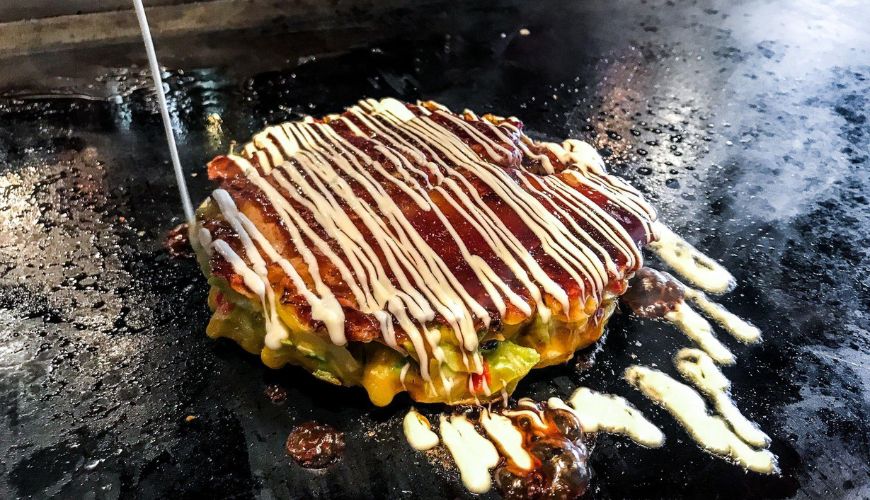 Okonomiyaki being cooked
Okonomiyaki being cooked
The Japanese believe it impolite to eat while walking. Therefore, their "street food" concept is distinct from the steaming fare sold from Southeast Asian carts. Each booth serves as a mini-restaurant with seating for four people.
rnTake a tour to get an overview of the area. A nighttime street food tour will take you to Memory Lane, a swarm of more than 50 vendors filled with the aroma of barbecue if you're visiting Tokyo. The owners always have a smile on their faces and appear excited to see you try their signature dish for the first time.
rnYakitori, skewers of chargrilled meat or vegetables, are sold at every other booth. They may be salted or doused in a sweet, sticky teriyaki sauce. My most recent yakitori discovery is leek wrapped in sweet, smokey bacon (because the leek absorbs the bacon grease).
rnOsaka is renowned for its excellent street food. This bustling commercial hub is sometimes called "the kitchen of Japan" for its laid-back, joyful approach to cooking and eating. Although the name means "octopus balls," takoyaki may be filled with anything from cheese and bacon to vegetables.
rnOkonomiyaki is another popular dish in this region. Its drab appearance frequently conceals the tastiest food. Mayonnaise, barbecue sauce, and fried bonito flakes (a kind of fish) top this delicious pancake stuffed with meat (often pork belly).
rnHiroshima also claims okonomiyaki as its trademark dish, and the two cities have been at war for years over who makes the most excellent version (in Hiroshima, the toppings look a little bit like pizza).
rn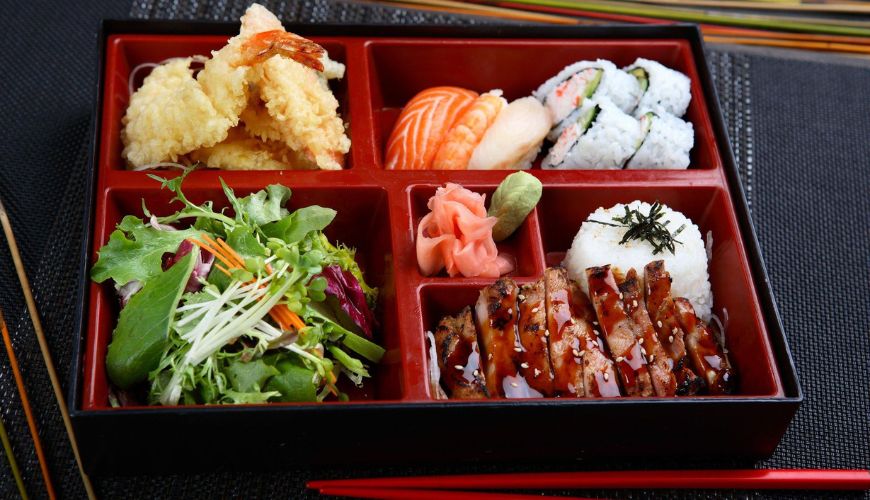 Bento box
Bento box
Sukiyaki, a slow-cooked one-pot meal, originated in rural villages that required a simple supper they could leave simmering on the stove while they went about their day. Therefore, trying one out in a little town outside is the way to go.
rnOgoto-onsen is a rural community around 30 minutes by rail from Kyoto. Enjoy a guided tour of the town followed by lunch at a local farm.
rnThe elderly couple hosting you invites you to help yourself to the boiling stew of veggies (fresh from the farm) and pork.
rnIt is a hearty meal, especially when paired with their grown rice. You'll be glad to have your guide stick around to translate when the locals insist you taste one of their handmade alcoholic beverages.
rnAmerican celebrity chef and author Anthony Bourdain previously declared the egg sandwich at the Japanese convenience store Lawson to be the best in the world. This shop provides various fast, low-cost meals that use fresh, regional products.
rnA bento box, a Japanese-packed lunch, is your best chance. It contains rice and a variety of other dishes, such as teriyaki chicken and pickled veggies that are neatly categorized. You may enjoy them while gazing at the blossoming cherry trees or on a lengthy car ride.
rnOn the bullet train platforms, you may find bento businesses like the one I suggest, Bento Boy, where you can point to plastic replicas of the meal to order.
rn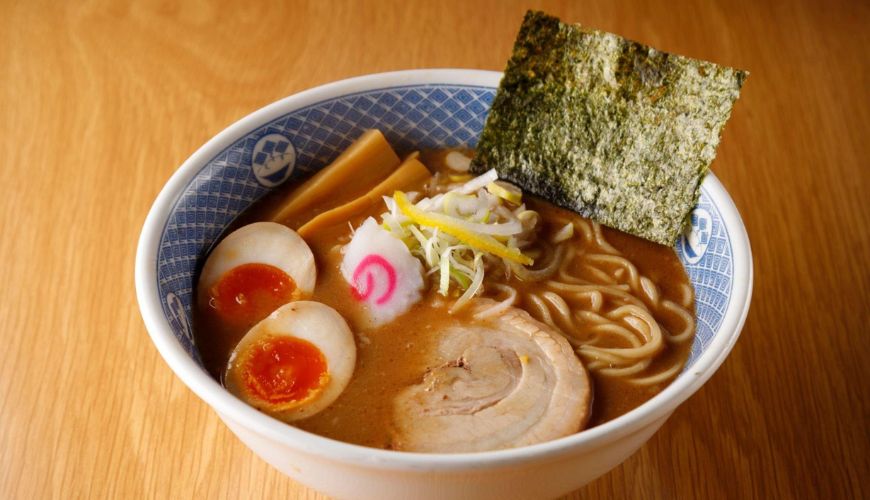 Ramen
Ramen
When I was a student in Japan, I worked in the kitchen. Working there as the sole non-Japanese employee was a great chance to practice the language and learn more about Japanese food. Ramen was one of the foods I made and became fond of at the same time. Noodle soup, in a nutshell. But there are a lot of ways to make this seemingly easy meal.
rnThe most incredible places to get ramen are the ones that are just around six seats deep. From flavorful fried garlic to substantial pig choices, there is a dish for everyone.
rnAlso, I love ramen, but the Japanese have an unhealthy obsession with it. A ramen magazine is published every three months; some cities even have enormous stuffed characters representing the local ramen.
rnWe must remember sushi and sashimi. A kaiten bar is a great place to sample a little of everything before committing to anything. These restaurants appear like something out of the future, as little food bowls roll past you on a conveyor belt.
rnIf you go to Uobei in Tokyo, your meal will arrive via tiny bullet train, as it does at most kaiten bars, where you may order gourmet dishes by touching buttons in front of you.
rnThe modest servings make it ideal for sampling several menu items. The fat that runs through the tuna makes the sashimi, raw fish eaten without rice, very tasty. If you like sushi, you should try some with cod roe on top. These vibrant orange spheres provide a savory accent to sugary seafood.
rnThe next logical step in your sushi-tasting journey is to eat at a sushi restaurant with a counter where you can see the chef prepare your meal. The quality is consistent regardless of price or location. You can eat at any of them, from the Michelin-starred Umi in Tokyo to the modest counters in backwater port communities. My experience has taught me that only the most discerning customers can justify the cost of the pricier alternatives.
rnIf you order from the chef's menu, you'll get a succession of roughly 12 tiny plates. Typically, each meal consists of a single sushi roll meticulously constructed from fish procured that morning. Egg sushi, or tamagoyaki, is one of my favorite dishes during a Japanese lunch.
rnExploring Japanese food includes trying Japanese breakfasts, which may be an unsettling experience for those who aren't used to them (like me).
rnThere is a wide variety of raw, grilled, and pickled fish, but I recommend sticking with the traditional Japanese breakfast of rice and miso soup.
rnIf you're looking for a change of pace from rice, you may get Western-influenced morning set menus at numerous cafes. These often consist of a thick slice of bread served with preserves and your choice of coffee or tea.
rn
Start thinking about your experience. These itineraries are simply suggestions for how you could enjoy some of the same experiences as our specialists. They’re just for inspiration, because your trip will be created around your particular tastes.
Start thinking about your experience. These itineraries are simply suggestions for how you could enjoy some of the same experiences as our specialists. They’re just for inspiration, because your trip will be created around your particular tastes.
Tell us about your plans and one of our specialists will plan a unique trip for you…
Can’t get any ideas for you next trip? Let TripAdvisor help you!
Find something else special